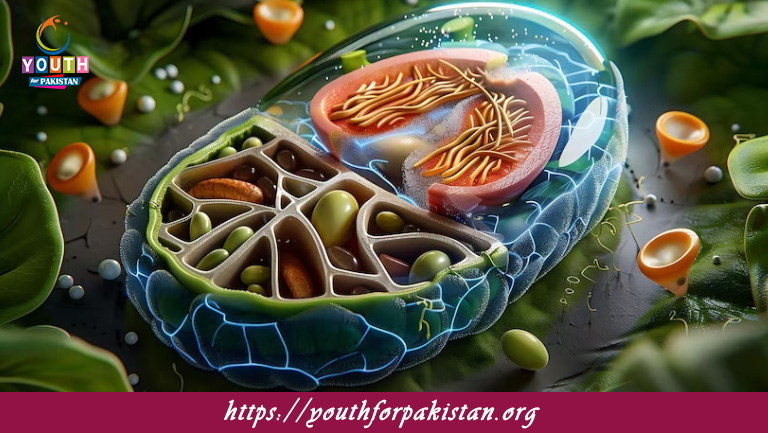Prokaryote And Eukaryote MDCAT Quiz: Prokaryotes are much simpler, single-celled, unicellular, like bacteria; on the other hand, eukaryotes consist of highly complex, multicellular organisms that are mostly plants and animals. Hence, the difference between them in the MDCAT Quiz is all about their structure and function that are to be learnt to excel in the medical entrance exams.
Prokaryote and Eukaryote Quiz Overview
Our Prokaryote and Eukaryote MDCAT Quiz is quite in-depth, focusing on concepts such as a true nucleus in eukaryotes, membrane-bound organelles, and how prokaryotes have a simpler structure without them. In the same breadth, the quiz points out the difference in the genetic material, size of ribosomes, and the cell division processes like mitosis and binary fission. All these are highly relevant MDCAT preparation concepts that ensure students get a good understanding to answer questions confidently.
0Get Your Username and Password for MDCAT Tests
Sign Up Now
Free Flashcard for Prokaryote and Eukaryote
To help you prepare, we are providing a free flashcard to summarize the important differences between prokaryotic and eukaryotic cells. It covers key terms like nucleus, organelles, and examples of each cell type. This handy resource is perfect for reinforcing your knowledge and retaining the critical points needed to succeed on the MDCAT Quiz.

Which type of cell has no membrane-bound nucleus?

Prokaryotic cells are typically ______ than eukaryotic cells.

The genetic material in prokaryotes is located in the ______.

Eukaryotic cells have ______, which are absent in prokaryotic cells.
Membrane-bound organelles

One major difference between prokaryotic and eukaryotic cells is the presence of a ______ in eukaryotes.

Prokaryotes reproduce by ______.

Eukaryotic cells contain which of the following organelles?

The size range of prokaryotic cells is generally ______.

Prokaryotic cells can be found in environments that are ______.

Which of these organisms is made up of prokaryotic cells?

Eukaryotic cells are found in which organisms?

A prokaryotic cell's genetic material is located in the ______.

In eukaryotes, mitochondria are involved in ______.

Which of the following is a feature common to both prokaryotes and eukaryotes?

Eukaryotic cells generally have ______ than prokaryotic cells.

The ______ is an organelle that controls the cell's activities in eukaryotes.

Prokaryotic cells are known to have a cell structure called a ______.

Eukaryotic cells have a defined ______ surrounding their genetic material.

Which of the following is true about prokaryotic cells?
They lack membrane-bound organelles

Eukaryotic cells can be classified as ______.
Unicellular or multicellular

The ______ in eukaryotic cells is involved in protein synthesis.

Prokaryotic cells can perform ______, but they lack mitochondria.

Eukaryotes have a variety of ______ that perform specialized functions.

The presence of a cell wall in plants is a feature of ______ cells.

Prokaryotic cells can be classified into two main types: ______.

Eukaryotic cells typically have more ______ than prokaryotic cells.

Prokaryotic cells can have a ______, which helps in movement.

In eukaryotes, cellular respiration primarily occurs in the ______.

Prokaryotic cells reproduce asexually by ______.

The presence of a nuclear membrane is a characteristic of ______.
Experience the real exam environment with our expertly designed collection of over 25,000 MCQs MDCAT Mock Tests.
View Your Dashboard







